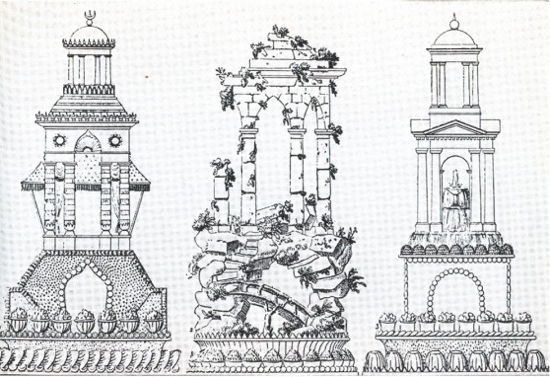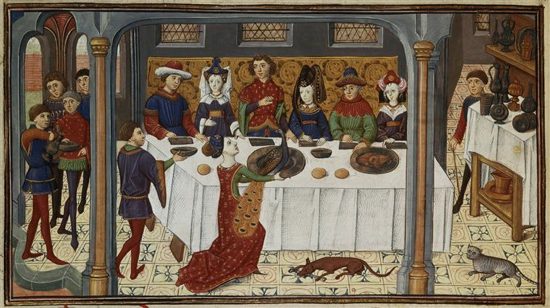A Tale of Two Revolutions
Reader Kevin writes:
Hello Mr. Pastry! In your first post about Antonin Carême you wrote that the American and French revolutions were different. I’m curious: what was the difference? Would you mind explaining that a little?
Entire books have been written on that subject, Kevin! But I’ll do my best. The most succinct summary of the difference that I’m aware of goes like this: that while both revolutions were against monarchy in favor of the rule of law and individual rights, the American Revolution was fundamentally about freedom and the French Revolution was fundamentally about justice.
READ ON
